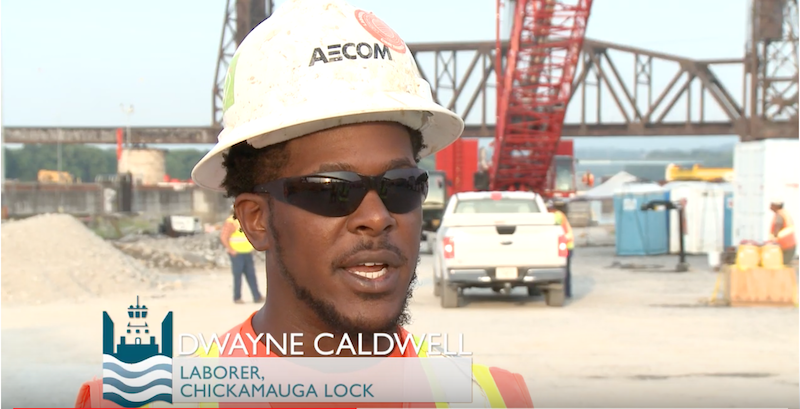If Toy Story 4 and the Lion King aren’t quite piquing your interest in summer movies, how about tuning in to five short video clips that extol the virtues of America’s inland waterways?
And you don’t have to get out in the heat and drive to the movie theatre. It’s just a click away on your smartphone or tablet.
The just-released videos were produced by the Waterways Council Inc., a Washington, D.C.-based group that advocates for strong funding for inland river infrastructure and is funded mostly by the barge industry.
No Hollywood stars or animated figures in these clips, just real people who build locks and dams, operate them, ship goods on the rivers and navigate vessels through them.
The first () highlights the importance of the rivers to agriculture, with Agriculture Secretary Sonny Perdue calling the waterways “the backbone spine of our overall logistics system” and the “cheapest transportation.”
The second (https://youtu.be/tahMSmdiBW4) focuses on how the inland waterways support jobs and workers, zeroing in on modernization work at the Chickamauga and Kentucky locks, where workers say their jobs are pay well and include extensive safety training.
In the third clip (https://youtu.be/eOrMlgd1hqI), shippers say river transportation is vital to local businesses and is cost efficient. Barging produces “lesser impact on other infrastructure, keeping trucks off the roads and bridges and fewer trains running through the community,” said Chris Anziano of the Olin Corp.
Impacts of the waterways on communities is the focus of the fourth clip (https://youtu.be/7K3PixnDuWI) with the spotlight on Paducah, Ky. Businesses have opened and thrived along the river, music festivals are held and restaurants are busy. “The river is the lifeblood of the community,” Chuck Tate, events manager at the Carson Performing Arts Center, said as music from an outdoor concert plays in the background.
The final video (https://youtu.be/7K3PixnDuWI) features Don Getty, Army Corps of Engineers’ project manager at the Kentucky Lock on the Tennessee River. He says the lock is one of the busiest in the river system, and barge bottlenecks of up to 10 hours are common. Coal, sand, gravel and gasoline pass through here. “The new lock will be twice as long and will alleviate the bottleneck,” he said, adding that the finished lock will be safer because barges will no longer have to double lock, “which is dangerous to the deckhands.”
WCI says the videos are part of their efforts to spread the word about the important roles that waterways play for shippers, job creation, community building and the mission of the Corps of Engineers.
“These videos highlight these connections and help us tell our story,” said Debra Calhoun, WCI senior vice president.





